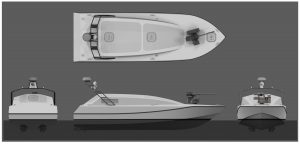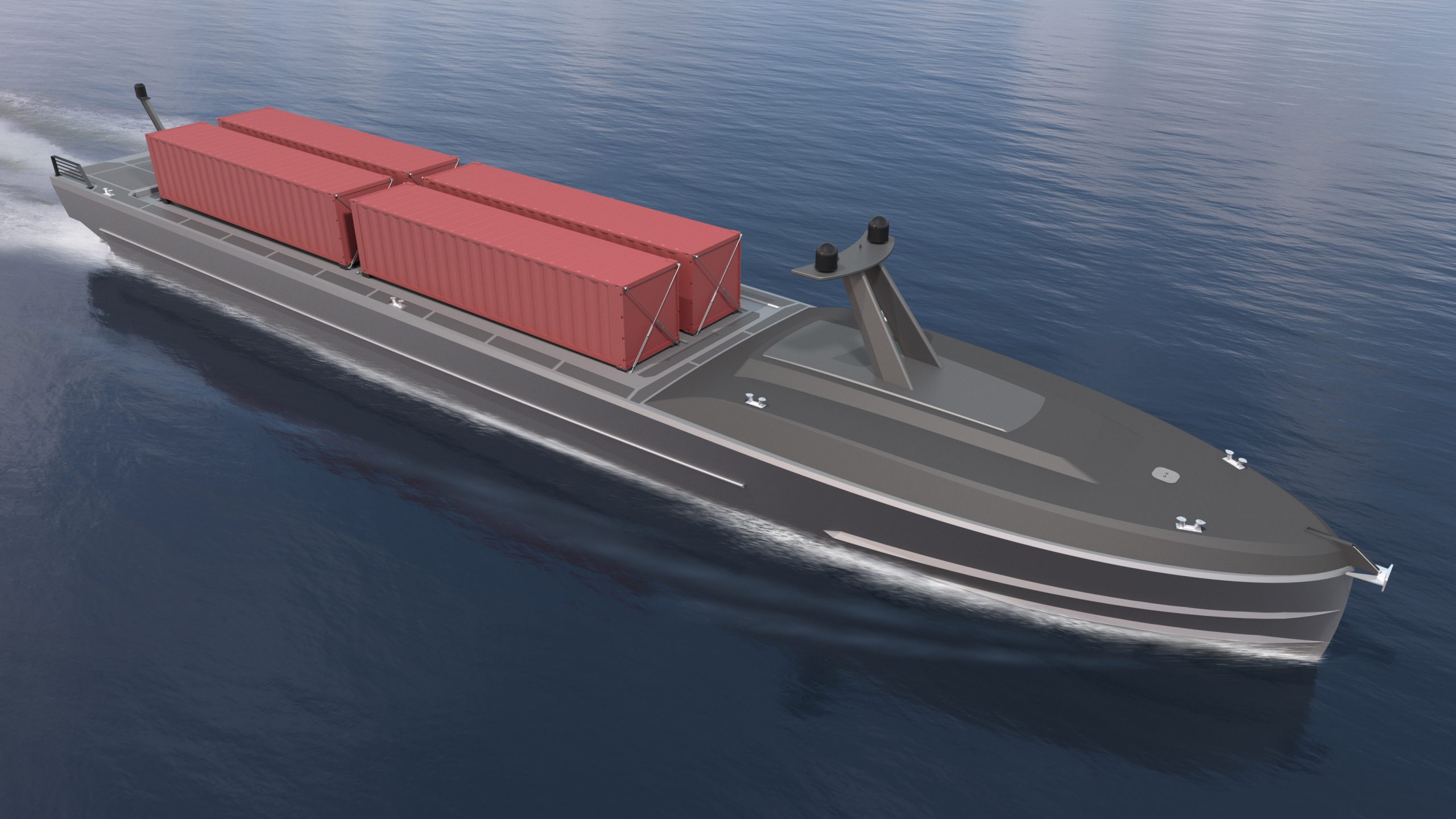Meeting the needs of our clients and ensuring they receive the highest quality products are our top priorities. In order to provide the highest quality unmanned ship designs and autonomous systems, we partner with innovative, cross-domain Artificial Intelligence (AI) solution providers and reliable, proven shipyards who are our clients can trust.
From initial concept to sustainment and final design, Gibbs & Cox, a wholly owned subsidiary of Leidos, leverages decades of cutting-edge naval architecture with industry leading marine engineering original equipment manufacturers (OEMs) to provide our clients with a product they can rely on.
Our customers benefit from our:
- 90+ years of successful military, commercial, and recreational ship designs.
- Unmanned Maritime Autonomy Architecture (UMAA) ecosystem.
- Plug-and-Play technology which prevents AI vendor lock.
- CYBERSAFE system boundaries and hardened Information Technology and Operational Technology (IT/OT).
How We Apply Marine Autonomy to Complex Situations
When an unmanned ship is expected to perform more than a transit mission between point A and point B, autonomy becomes a much more complex problem. An unmanned military ship is expected to perform the same self-navigation and control functions as an unmanned commercial ship but must also factor in the additional requirements of performing complex mission evolutions in hostile environments. Technical challenges in advancing USV technology include maneuverability, self-maintenance, communication, and cooperative employment of multiple USVs working tougher autonomy. Gibbs & Cox is committed to solving these challenges and advancing the potential of unmanned ship design.
Our Approach to Hull, Mechanical & Electrical (HM&E) Autonomy Integration
To achieve designs capable of long duration missions without human intervention, we collaborate with industry and R&D leaders in HM&E system design. These collaborations provide the necessary reliability and Artificial Intelligence to develop unmanned ships that can monitor, predict, and diagnose performance declines and failures, and then self-adjust its use of available resources to continue meeting ongoing mission requirements.
Below are several features that are key to the integration of HM&E Autonomy Systems. G&C is an experienced provider of each service:
- Smart actuators (e.g. motorized valves)
- Four-part Intelligent Fault Management System
- Prognosis
- Diagnosis
- Active learning
- Reconfiguration
 Standard with our design, our ability to monitor, predict, and diagnose protentional performance deteriorations and failures in an HM&E system is critical to the success of a long-term unmanned ship deployment, which is essential to our clients’ success.
Standard with our design, our ability to monitor, predict, and diagnose protentional performance deteriorations and failures in an HM&E system is critical to the success of a long-term unmanned ship deployment, which is essential to our clients’ success.






